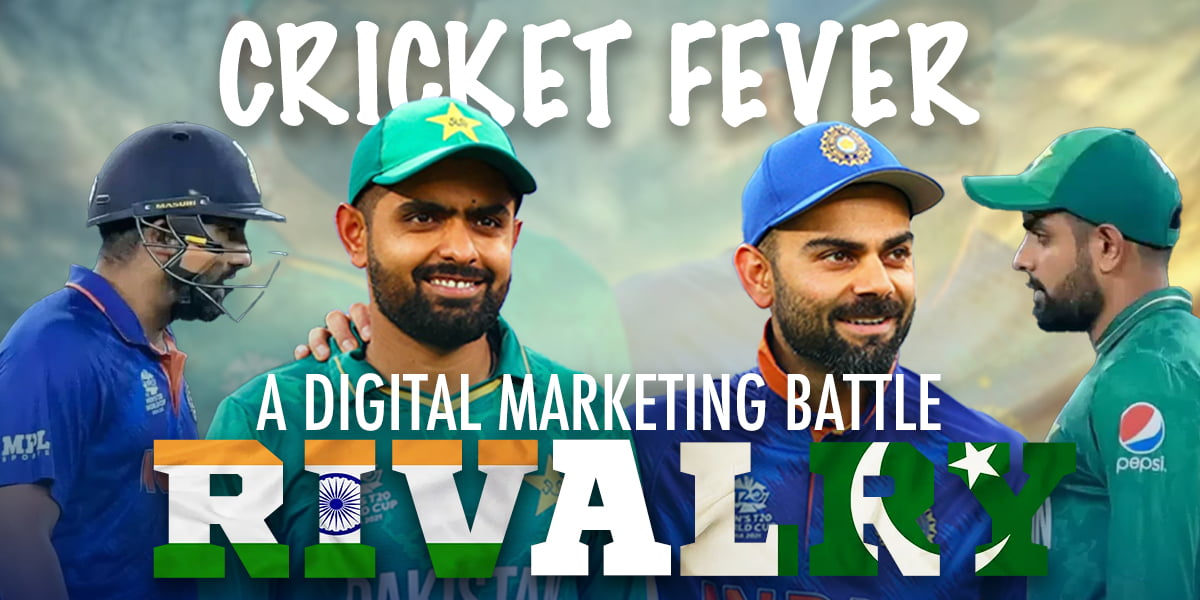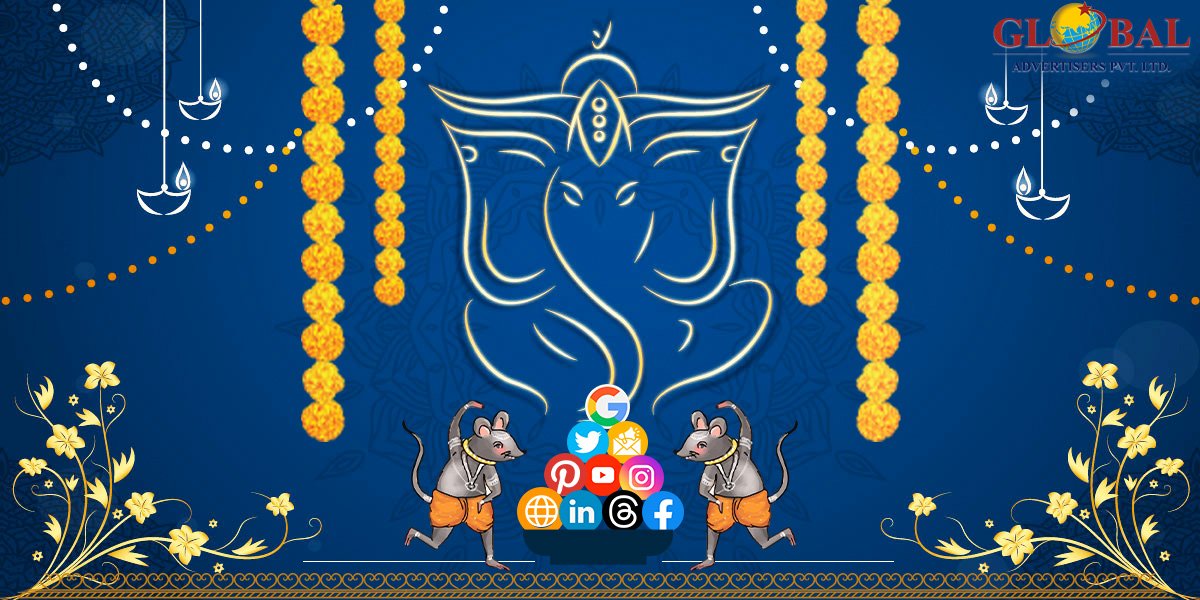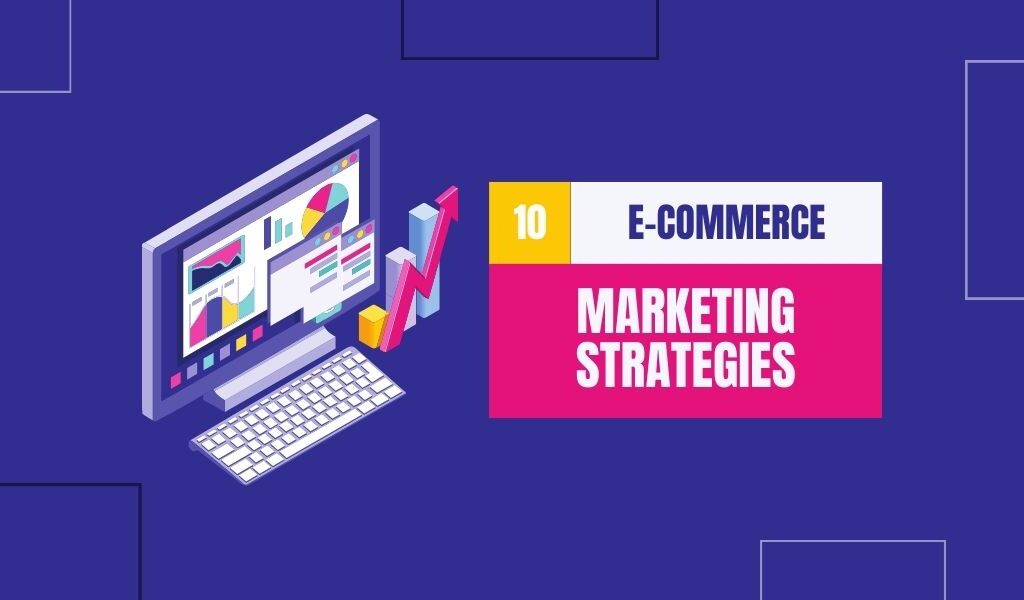In a world flooded with advertisements, making your brand stand out can be quite a challenge. With ...
10 Proven Strategies to Boost Your Website’s SEO Ranking
In the ever-evolving landscape of the internet, having a strong online presence is crucial f ...
Outdoor Advertising: The Hidden Gem of Marketing
Outdoor advertising, often referred to as out-of-home (OOH) advertising, is a dynamic and impac ...
Cricket Fever: A Digital Marketing Battle – India vs. Pakistan
Cricket, often dubbed as a religion in India and Pakistan, transcends the boundaries of mere sp ...
The Power of Video Marketing: Transforming Modern Advertising
In today's fast-paced digital age, the landscape of advertising is constantly evolving. Traditi ...
Track, Analyze, and Optimize for Maximum ROI
In today's digital age, businesses are increasingly investing in online marketing to reach their t ...
Unleashing the Power of Outdoor Marketing: OOH Strategies
In the ever-evolving world of advertising, one medium has stood the test of time and continues to ...
Unlocking Success with Digital Marketing: The Ganesha Way
In the dynamic and ever-evolving world of digital marketing, finding inspiration and guidance fro ...
Ultimate Guide to choose the Best Advertising Agency
Looking to take your advertising game to the next level in Mumbai? Choosing the right advertising ...
E-commerce Marketing Strategies to Skyrocket Sales
In the fast-paced world of e-commerce, effective marketing strategies are essential for busine ...












